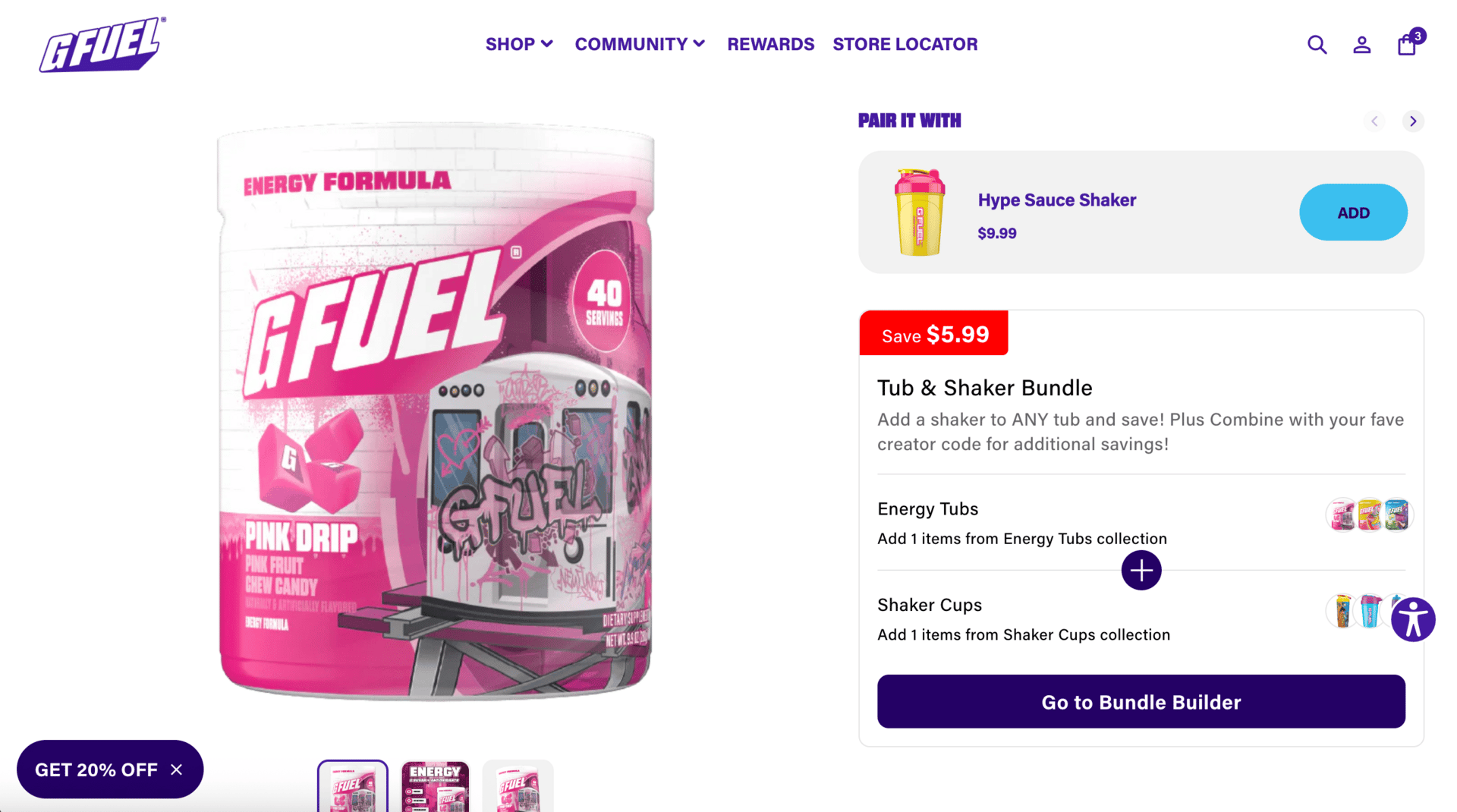- Platter Newsletter
- Posts
- 👨🎨 The art (and science) of bundling
👨🎨 The art (and science) of bundling
What they are, who’s using them, and why they work.
Hey, it’s Cam from Platter 👋
The Consumer Confidence Index dropped last week. TLDR: optimism ticked up slightly, but shoppers are still cautious. Tariffs are top of mind, and many consumers are worried about rising prices so they’re looking for ways to spend smarter.
At the same time, brands are still facing tight margins and trying to get more out of the traffic/customers they already have.
That’s why this week I’m going to talk about bundling.
It’s one of the simplest ways to increase AOV and help customers feel like they’re getting more value without making big changes to your pricing.
Let’s break down four common types of product bundles (with real brand examples) and when to use each one.
Pre-built bundles
Pre-built bundles are ready-made set of products sold as a single item. The bundle has its own SKU, so inventory and revenue are tracked together rather than per item.
These are the simplest bundles to implement. They work best when there’s no need for customization. Things like gift sets, starter kits, or complementary products that make sense together.
Firsthand Supply uses a pre-built bundle for their Hair Care Duo with shampoo and conditioner bundled together.
Pre-built bundles are great for reducing decision fatigue, creating value for customers, and reducing the steps required to purchase, especially for new customers or promotions.
Virtual bundles
Virtual bundles let you group products together on the front-end while keeping inventory separate in the back-end. Each item retains its own SKU and is fulfilled individually, but to the customer, it feels like one cohesive bundle.
This gives you the best of both worlds: the ability to sell bundles without needing new SKUs or managing fulfillment differently.
Sidio Crate does this with its stacking system. Customers can build a crate bundle, but each piece is still tracked and shipped individually. If you look at their cart, each item still shows up separately with its own image, quantity, and SKU.

Virtual bundles are ideal for bulk discounts, multipacks, or limited-time offers where customers need the flexibility to pick variants or quantity.
Build-your-own bundles
Build-your-own bundles are interactive pages that let customers create their own mix from a list of options—usually with a rule or suggestions like “pick any 3” or “build a 12-pack.” Technically, they’re just more advanced virtual bundles, but with a front-end that feels dynamic and personalized.
This format works really well when you have lots of SKUs or flavors, and you want to encourage customers to try lots of them.
Hi Seltzers has an awesome bundle builder that lets customers create their own flavor pack. They encourage customers to build 12, 24, or 36 packs and increase the discount based on the size of the bundle. Plus, they give the option to convert the bundle into a subscription with one-click.
Bundle builders are a fantastic way to let customers try a variety of products, or offer discounts to repeat customers who know exactly what they are looking for.
Upsell & cross-sell bundles

Sometimes the best time to offer a bundle is when the shopper is already in the buying mindset. Upsells and cross-sells are shown alongside or after a customer adds something to their cart, offering them a chance to add items to their purchase or switch to a subscription.
G Fuel does this perfectly by showing “Pair it with” suggestions right on the product page (like adding a shaker to your energy formula), followed by an incentive to mix and match across collections. The result? Higher AOV, lower friction, and a stronger customer experience.
This type of bundling works especially well for complementary or related products. And when paired with small discounts (like G Fuel’s $5.99 off), it feels like a win-win for both brand and shopper.
PARTNER SPOTLIGHT
One more way to get more out of your existing traffic
If you’re thinking about how to increase AOV, it’s worth also thinking about how your site speed impacts conversion rate.
Nostra.ai helps Shopify brands increase conversion rates by up to 20%, just by making their sites load up to 40% faster. That alone makes every click more valuable.

Obvi saw a 15% bump in CVR within 30 days after using Nostra to eliminate fake traffic and speed up load times, especially for paid media visitors.
Curious if you’d benefit from a faster store? You can book a free site speed audit and A/B test here to see exactly how much faster (and more profitable) your site can be.



